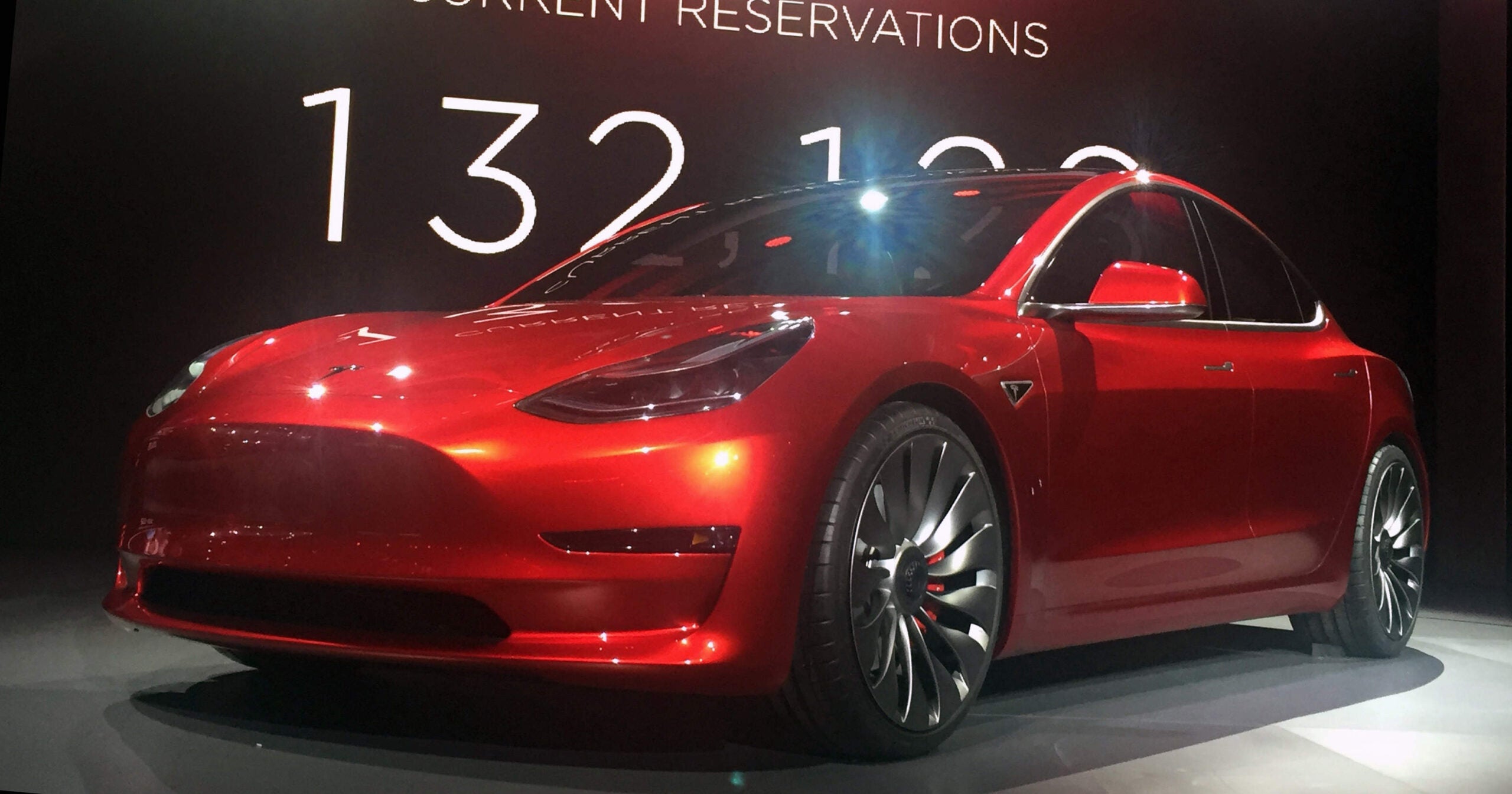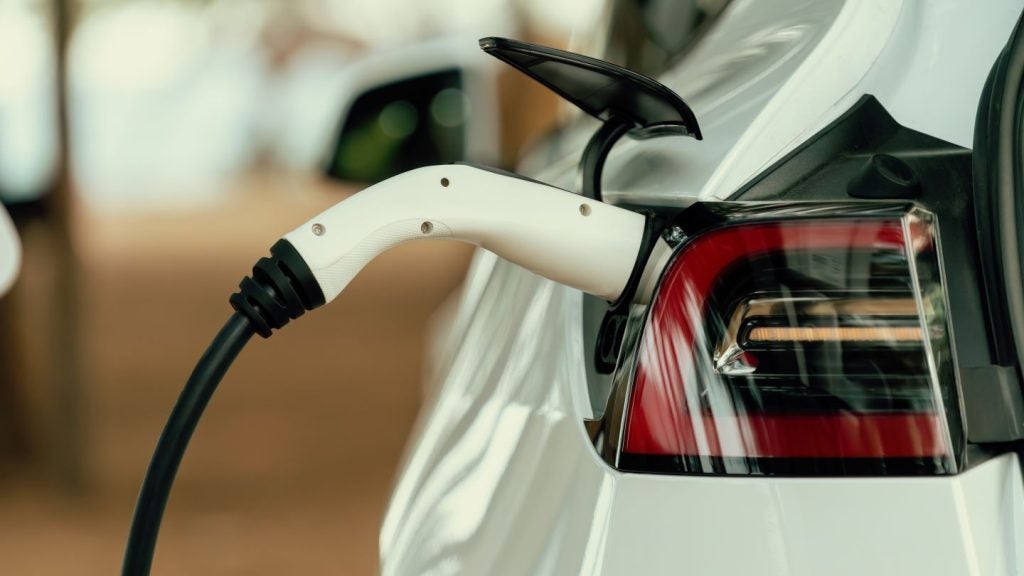
In a period of unprecedented change and innovation, the 2018 Frost & Sullivan Intelligent Mobility conference focuses on how OEMs are rethinking their operations, starting with their very inner workings. Lorenzo Migliorato reports.
The innovations shaping the future of mobility stem from all over the world, but London is where a lot of those ideas are tested on the ground, and where different models enter into a conversation.
There could not be a more appropriate location, then, for consultancy Frost & Sullivan (F&S) to host the Intelligent Mobility 2018 conference. The consumer base’s hype for new modalities of transport is high, and manufacturers are responding accordingly – perhaps aware that if they do not address that appetite, startups and new entrants to the market undoubtedly will.
At the same time, their move into mobility cannot take the form of unencumbered venture pivots. OEMs have shareholders to report to, and the sooner mobility projects start bringing in revenues, the better. “I believe one of the most exciting things that happened last year was data monetisation,” said Sarwant Singh, board member and senior partner at F&S.
Most of the revenue for the automotive industry so far “was generated by the one-time sale of the car”. That model, he says, is set for a shake-up. The arrival of established carmakers on the mobility scene means more consolidation: nothing illustrates this better than Daimler and BMW’s long-rumoured decision to merge mobility operations. “We are seeing a lot more investment from OEMs,” Singh continued. “OEMs now really think that, in the future, their sales of cars will be, to a large extent, driven by ride-hailing operators.”
While the vast majority of automotive revenues are still based on old-fashioned retail – and are likely to be for some time yet – selling cars alone does not cut it anymore. Bigger groups have integrated the development of mobility pipelines into their financial services units, and carmakers that do not have captive capabilities have their own divisions centred on mobility.
How well do you really know your competitors?
Access the most comprehensive Company Profiles on the market, powered by GlobalData. Save hours of research. Gain competitive edge.

Thank you!
Your download email will arrive shortly
Not ready to buy yet? Download a free sample
We are confident about the unique quality of our Company Profiles. However, we want you to make the most beneficial decision for your business, so we offer a free sample that you can download by submitting the below form
By GlobalDataFor instance, Jaguar Land Rover, which relies on partners such as Lloyds’ Black Horse for everyday financing, has set up a venture capital arm, InMotion Ventures, to tap into alternative mobility opportunities and develop a proposition of its own.
The provision of mobility services now goes beyond the single asset, or the single ride. Bernhard Blättel, vice-president for mobility at BMW Group, sees the car as a “platform” from which additional services can build – think parking, valeting or last-mile transport. “You have to have to look at this holistic picture to be successful,” said Blättel, adding that the company opted to rely on a franchise model for certain markets, rather than making a foray on its own.
After all, Uber’s retreat from Asia – unable to compete with regional champions Ola, Grab and Didi Chuxing – has taught the industry some lessons. The new, OEM-led wave of mobility also seems to be more attentive to co-operation with the surrounding environment – a far cry from the “disruption” rally of Silicon Valley.
“You have to have the dialogue between the different stakeholders, and of course with the customers,” said Blättel. “There is not one company that can solve [a city’s problem] by themselves.” His counterpart at Daimler Financial Services, Joerg Lamparter, agreed: “The first very important thing is not to make mistakes on regulation. If we want to see the road to mobility come through, the city has to regulate it.”
Especially following dieselgate, the relationship between carmakers and city authorities has been put under strain, and no company would want its mobility division to go through Uber-style showdowns with regulators.
Rather, the key is to present mobility in synergy – not in competition – with existing city infrastructure. It is not the case that Renault and Groupe PSA both revealed plans for car-sharing in Paris – arguably just as important a mobility market as London – only after the city council-backed car club failed in June.
The adage that data is the oil of the 21st century may be clichéd, but it captures the dynamics of the mobility business model well: data is not only what enables and powers the mobility machine – it is also one of its precious outputs, one that can be traded as an asset.
As cars become more connected in the private usage space too, the data ecosystem is expanding beyond car clubs and transit apps. That was the rationale behind the foundation of Otonomo, which labels itself as the world’s first data marketplace. “We take the data that is already sitting there. We take it into our marketplace, do a bit of magic and provide it to the many service providers that are interested in this data, to either offer new services or [enhance them],” said Otonomo co-founder and chief executive Ben Volkow.
Otonomo is one example of an additional tier of automotive players that might come into existence once the connected car business grows out of the pilot phase and enters the mainstream, and it is not just, say, carmakers trying to break into a new geographical market who might be interested in the data generated. “Financial services are interested in car data, either to learn about what is happening in car sales, about different trends in the market. But also, if you are making a loan, you want to understand [the customer],” said Volkow, who envisions a future where driving behaviour and history may be used to complement credit scores for financing, insurance or servicing packages.
The game of car data, he believes, is a win for all parties involved. Some of the greatest data-driven changes at automakers are happening in the background, away from the retail front, as connectivity reshapes supply chains. “[Logistics] may not be as glamorous as passenger solutions, but it is nevertheless the backbone of our societies,” said Franck Leveque, partner and business unit leader for mobility at F&S. “It is going through tremendous transformation at the moment.”
Just as passenger car brands are moving towards mobility provision, OEMs’ trucks and vans divisions want to become “solutions providers” to commercial actors, explained Volkswagen Commercial Vehicles director for corporate strategy Tobias Reich. “For us as an OEM, this opens up completely new value chains, and we have to make some choices,” like focusing on being suppliers of hardware for autonomous vehicles, developing a comprehensive software suite for autonomous driving, or being a provider of autonomous ecosystems.
“When we do, the technical platform that we will develop in the future for that kind of [commercial] business will also lends itself to other forms of people shuttling” to complement public transport, he added.
Developments need not stay upstream in the supply chain. Once separate businesses, carmakers and logistics providers are adapting their respective areas of expertise to converge on the same market. Germany’s DHL recently boosted production of its StreetScooter electric van, both for its own fleet and for leasing to other parties.
“We are also disrupting our own industry by building platforms where people can access and buy transportation [services],” said Fathi Tlatli, president for the global automotive sector at DHL Customer Solutions & Innovation. “Innovation is certainly in the DNA of logisticians.”
Conversely, Mercedes-Benz parent Daimler is making a push into diversified commercial transport assets. Its work focuses not only on next-gen vans, but also drones.
“We can imagine different kinds of applications,” said Corinna Elosge, project co-ordinator for last-mile logistics.
“We think about transportation of blood vials, blood samples and pharmaceuticals.”
In a way, if the future does bring about a world filled with ride-hailers and delivery services, where people do not need a car to head downtown or get to the supermarket, it makes sense that car makers would look to provide solutions further upstream in the retail chain.







